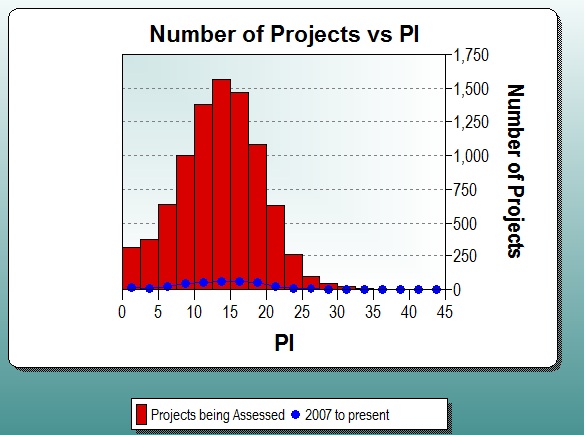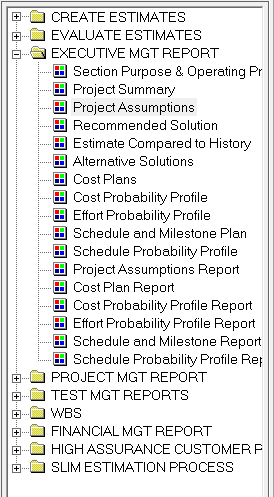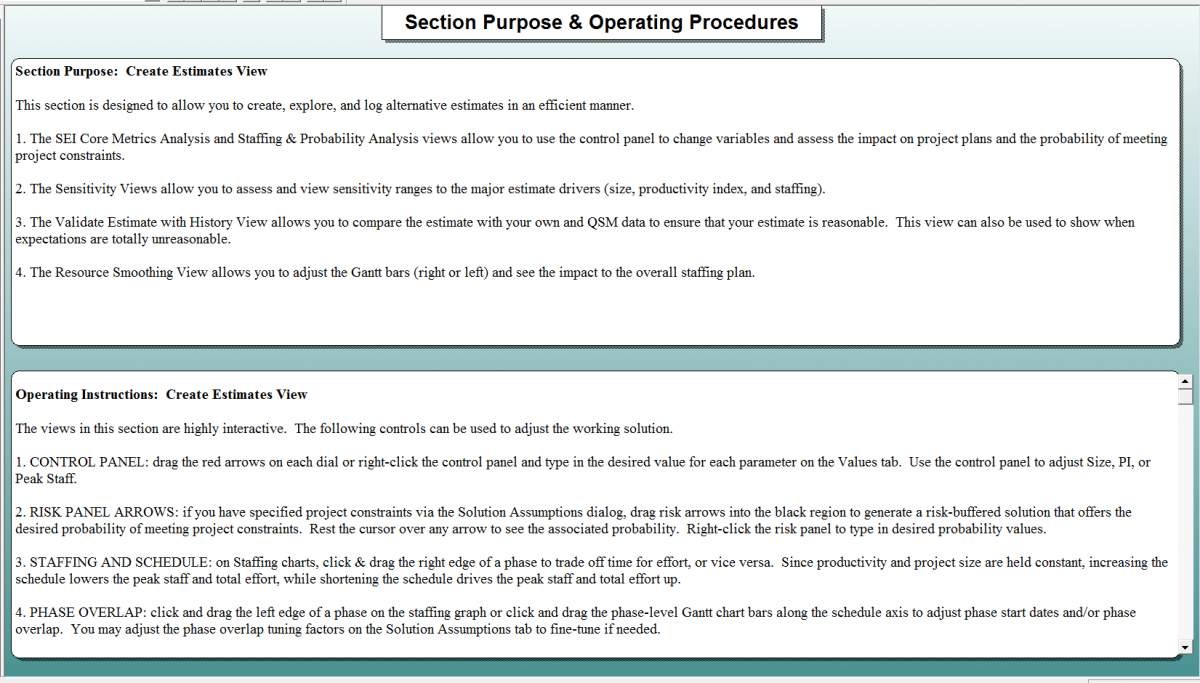Project Metrics Are the Best Defense in the Battle Against Scope Creep
Scope creep is a frequent topic of discussion among project management professionals. A recent Project Management Institute (PMI)® i Community Post, Fighting the Dreaded Scope Creep, reported some responses PMI members offered as their weapon of choice. The various suggestions can be summarized by two general practices:
- Avoid making on-the-spot decisions (uninformed or politically motivated)
- Communicate the impact of the change to stakeholders and let them decide (analyze the cost, schedule, and risk impact)
Regardless of the specific practice, all of the recommended defenses included some process for change control.
I like words. When I need to understand a topic, I pull the dictionary off the shelf (or access the online version), and look at the basic definition. To determine why scope creep is such a formidable enemy, I looked up the word “creep”: 2. to approach slowly, imperceptibly, or stealthily; 4. to sneak up behind someone or without someone's knowledge. A vast majority of results from a general internet search defined scope creep as “uncontrolled change.”



